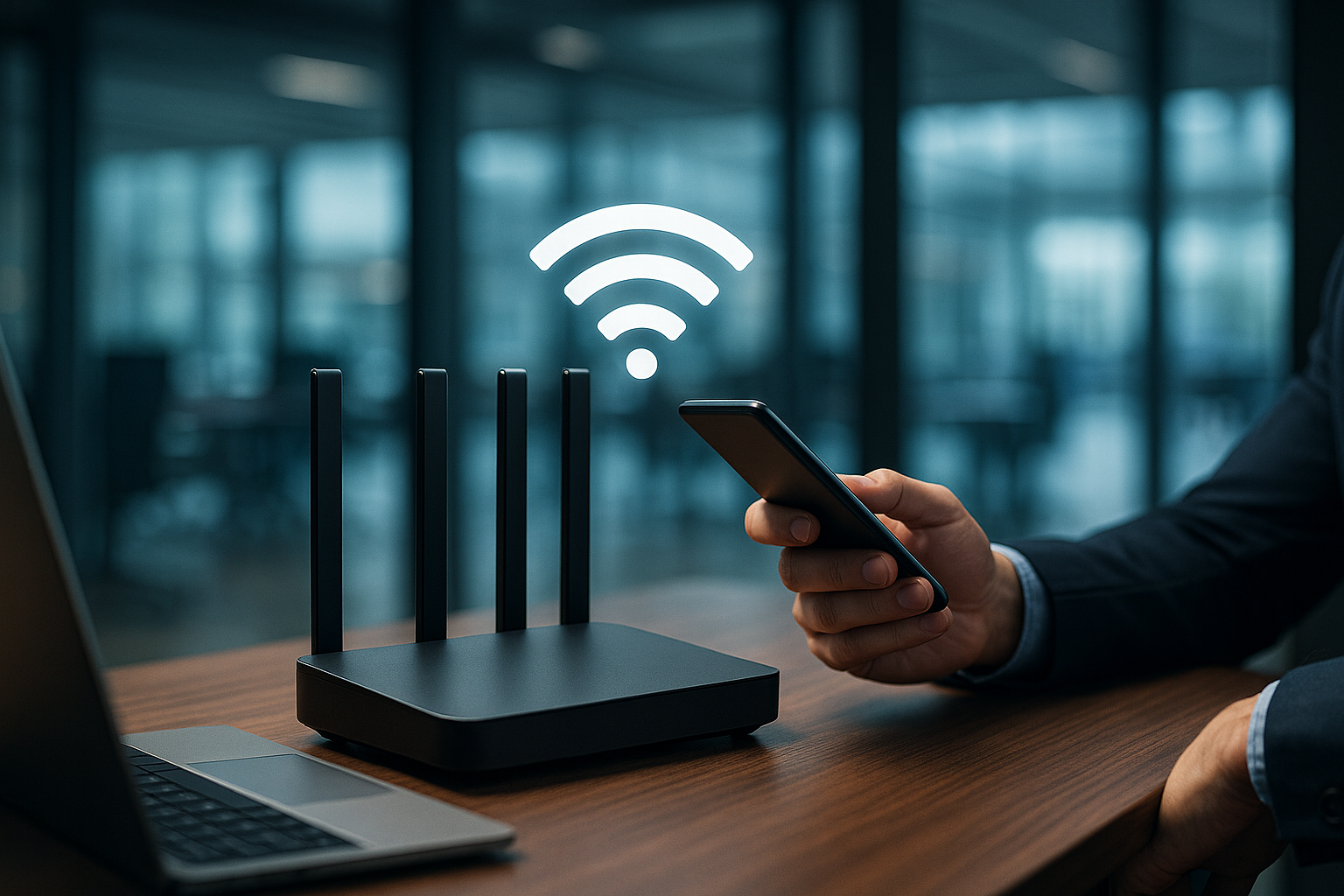"Decoding the Potential of Wi-Fi 6 in Modern Telecommunications"
The advent of Wi-Fi 6, with its promise of faster speeds, higher capacity, and improved performance, has set the telecommunications industry abuzz. But what does this new generation of Wi-Fi technology mean for everyday users and businesses? This article will take you on a journey, exploring the origins, features, and potential impact of Wi-Fi 6.

Wi-Fi 6: A Leap Forward in Wireless Connectivity
Wireless connectivity has come a long way since the first generation of Wi-Fi was introduced in the late 1990s. With each successive generation, we have seen marked improvements in speed, coverage, and capacity. However, Wi-Fi 6, also known as 802.11ax, represents a significant leap forward, offering theoretical speeds up to 9.6 Gbps, nearly triple the speed of its predecessor, Wi-Fi 5.
Regulatory Landscape and Industry Trends
The adoption of Wi-Fi 6 is being facilitated by regulatory changes that are freeing up more spectrum for Wi-Fi use. In the US, for instance, the Federal Communications Commission (FCC) opened up a massive 1,200 MHz of spectrum in the 6 GHz band for unlicensed use in 2020. Meanwhile, key industry players, including router manufacturers and smartphone companies, are quickly incorporating Wi-Fi 6 into their devices.
The Impact of Wi-Fi 6 on Users and Businesses
Wi-Fi 6 promises to bring about a transformative effect on both individual users and businesses. For individuals, it means smoother streaming, faster downloads, and improved performance in Wi-Fi congested areas. For businesses, Wi-Fi 6 can support a larger number of devices, making it ideal for IoT applications. However, adopting Wi-Fi 6 is not without its challenges. It requires new hardware, which can be a significant investment, especially for small businesses.
Practical Applications of Wi-Fi 6
The practical applications of Wi-Fi 6 are vast. It can deliver benefits in high-density environments such as airports, stadiums, and hotels where hundreds of people are trying to access Wi-Fi simultaneously. Moreover, its improved energy efficiency could extend the battery life of connected devices, a key advantage for IoT applications.
The Future of Wi-Fi 6
As we look ahead, Wi-Fi 6 is set to become the new standard for wireless connectivity. However, its full potential will only be realized when it is widely adopted and when devices and routers that support it become the norm. Until then, it remains an exciting development in the telecommunications landscape.
In conclusion, Wi-Fi 6 presents a promising evolution in wireless technology, promising to redefine our experiences with digital connectivity. As we navigate this new era of high-speed, high-density Wi-Fi, it is important to stay informed and understand how these advancements can impact our daily lives and businesses. The future of telecommunications is here, and it is faster, smarter, and more efficient than ever before.





